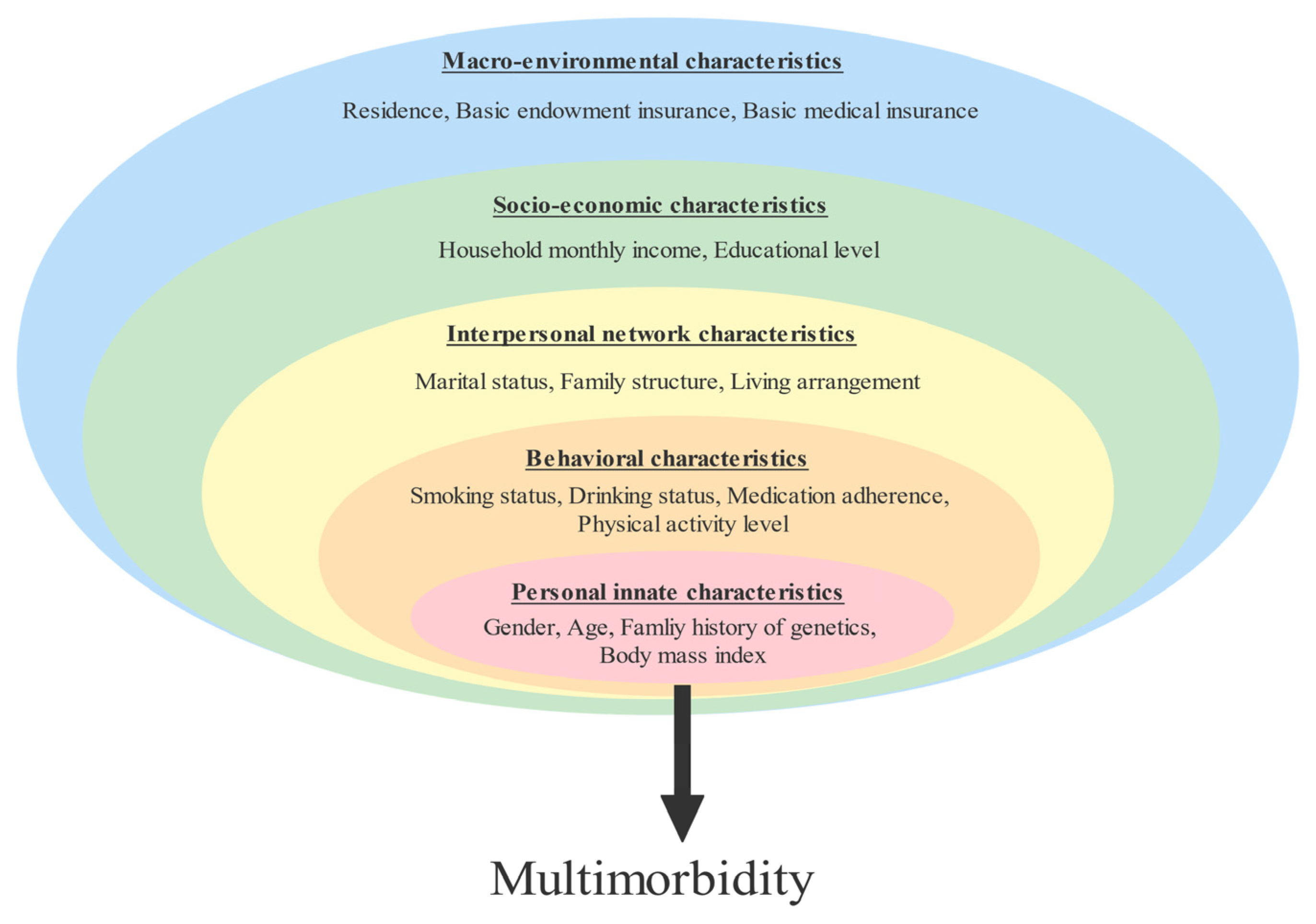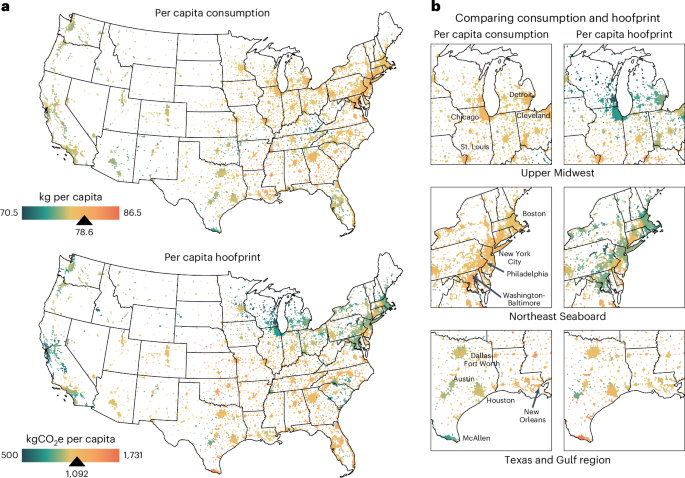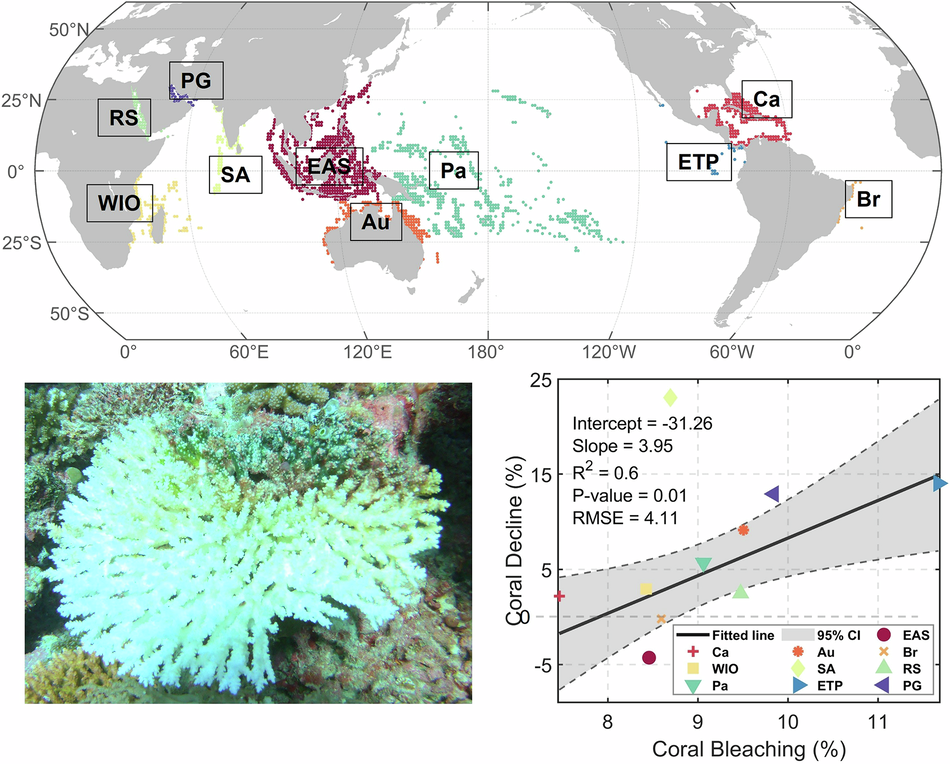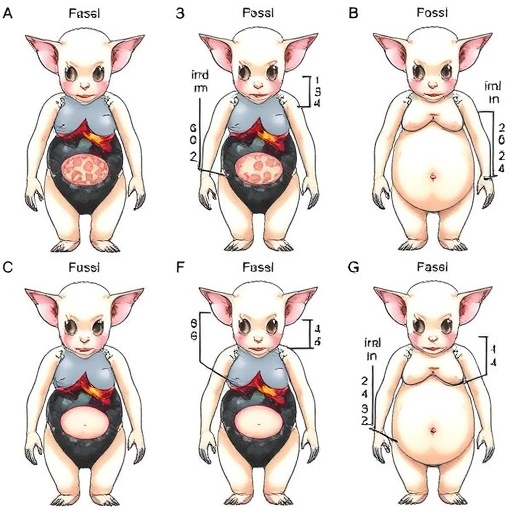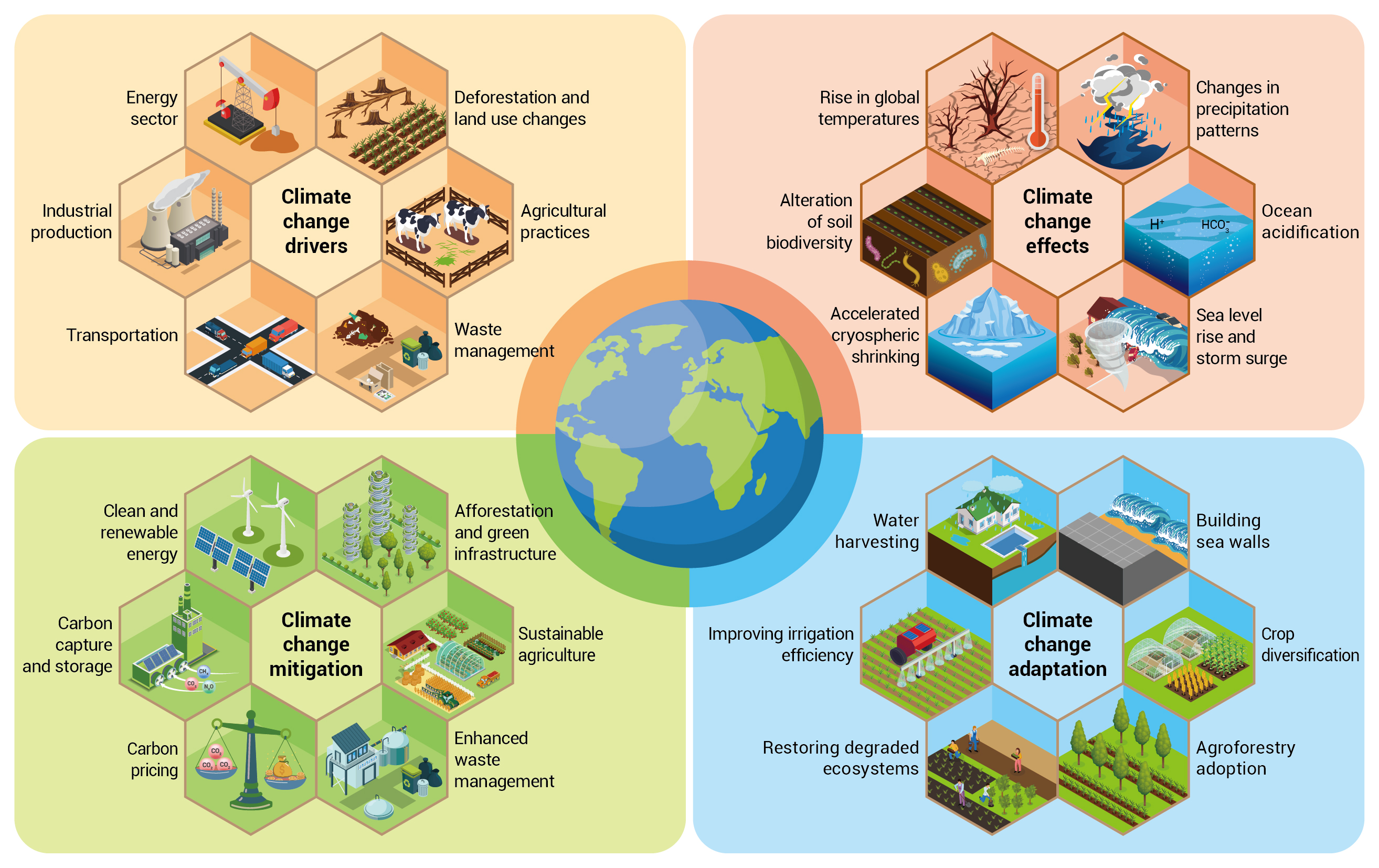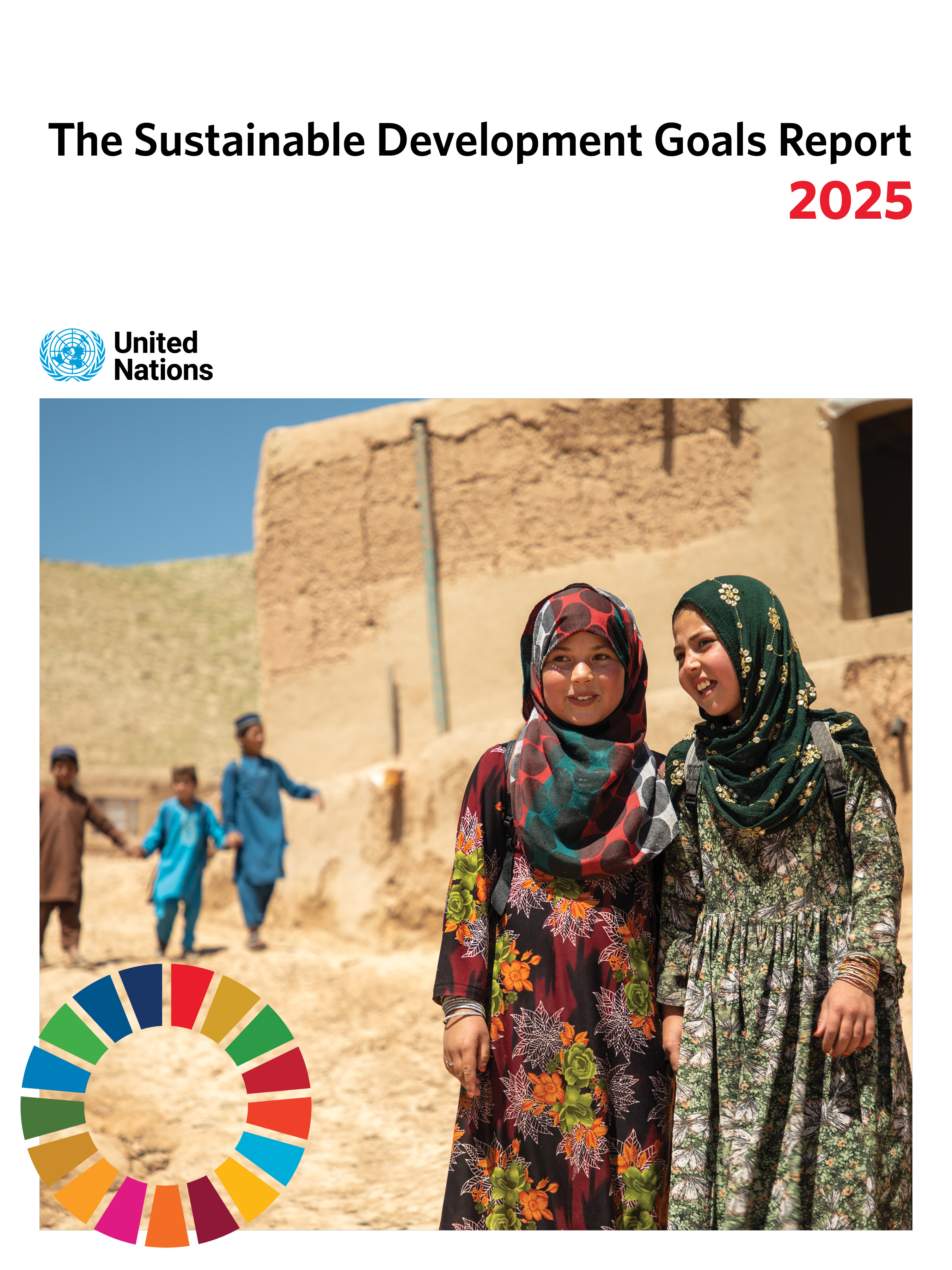Airports and climate change: risks and opportunities – worldfinance.com

Airports and Climate Change: Risks and Opportunities
Introduction
Airports are increasingly vulnerable to the impacts of climate change, which threaten their operational safety, economic sustainability, and long-term resilience. However, these challenges also present opportunities for innovation and sustainable development. Aeroporti di Roma (ADR) is leading efforts within the airport sector to proactively manage climate risks while capitalizing on emerging opportunities, aligning closely with the United Nations Sustainable Development Goals (SDGs), particularly SDG 9 (Industry, Innovation and Infrastructure), SDG 11 (Sustainable Cities and Communities), and SDG 13 (Climate Action).
Complex Infrastructure and Climate Risks
Airports are complex infrastructures composed of interconnected systems with varying sensitivities to climate hazards. Many airports, including those operated by ADR, have infrastructure elements developed over decades, some of which may be less resilient to extreme weather events and long-term climate shifts. ADR recognizes the multi-dimensional economic risks posed by climate change, such as:
- Increased operating costs
- Potential revenue declines
- Reduced attractiveness for investment and capital access
These risks also impact corporate reputation, which is critical for maintaining stakeholder trust and ensuring financial viability. Concurrently, ADR views climate change as an opportunity to foster sustainable innovation in airport operations, supporting SDG 8 (Decent Work and Economic Growth) and SDG 12 (Responsible Consumption and Production).
Climate Risk Analysis Methodology
ADR has developed a comprehensive climate change risk analysis methodology that aligns with international standards such as ICAO guidelines and ISO 14091, often exceeding these benchmarks. The methodology categorizes climate risks into two main types:
- Physical risks: Direct impacts from climate events including storms, floods, heatwaves, and sea level rise.
- Transition risks: Risks arising from the global transition to a low-carbon economy.
Currently, ADR prioritizes addressing physical risks. The risk analysis process includes:
- Screening relevant climate hazards based on EU taxonomy classifications.
- Identifying critical airport assets such as runways, taxiways, aprons, and drainage systems.
- Evaluating asset exposure, sensitivity, and adaptive capacity.
- Dynamic risk modeling under various climate scenarios and timeframes, including mitigation measures.
This data-driven approach has highlighted vulnerabilities, particularly under the SSP2-4.5 scenario projecting a 2.7°C global temperature rise by century’s end, enabling ADR to establish a robust foundation for strategic planning.
Development of a Climate Adaptation Plan
Guided by the risk analysis, ADR has formulated a climate adaptation plan that serves as a strategic framework to enhance resilience and reduce vulnerability across airport infrastructure. The plan’s key features include:
- Integration of updated design requirements to address evolving climatic phenomena.
- Extension and integration of thermal, energy control models, and monitoring systems.
- Enhancement of maintenance plans to increase asset resilience.
This proactive and comprehensive plan aligns with SDG 13 (Climate Action) and SDG 9 (Industry, Innovation and Infrastructure), reflecting ADR’s commitment to sustainability beyond compliance or reputation, positioning it as a strategic priority for future airport operations.
Conclusion
Through its climate adaptation initiatives, Aeroporti di Roma exemplifies leadership in integrating sustainable development principles within critical infrastructure management. By addressing climate risks and leveraging opportunities for innovation, ADR supports multiple SDGs, ensuring the long-term viability of airport operations and maintaining stakeholder trust. This approach underscores the vital role of sustainable infrastructure in combating climate change and fostering resilient communities.
Relevant Sustainable Development Goals (SDGs) Emphasized
- SDG 8: Promote sustained, inclusive economic growth and innovation.
- SDG 9: Build resilient infrastructure and foster innovation.
- SDG 11: Make cities and human settlements inclusive, safe, resilient, and sustainable.
- SDG 12: Ensure sustainable consumption and production patterns.
- SDG 13: Take urgent action to combat climate change and its impacts.

1. Sustainable Development Goals (SDGs) Addressed or Connected
- SDG 9: Industry, Innovation and Infrastructure
- The article discusses the resilience and upgrading of airport infrastructure to withstand climate change impacts.
- SDG 11: Sustainable Cities and Communities
- Focus on making airports resilient to climate hazards aligns with building sustainable and resilient infrastructure in urban settings.
- SDG 13: Climate Action
- The core theme of the article is managing climate risks and developing climate adaptation plans in airport operations.
- SDG 12: Responsible Consumption and Production
- Integration of sustainable innovation and emission reduction efforts in airport operations.
- SDG 8: Decent Work and Economic Growth
- Addressing economic sustainability and long-term viability of airport operations under climate change risks.
2. Specific Targets Under Identified SDGs
- SDG 9: Industry, Innovation and Infrastructure
- Target 9.1: Develop quality, reliable, sustainable and resilient infrastructure.
- Target 9.4: Upgrade infrastructure and retrofit industries to make them sustainable.
- SDG 11: Sustainable Cities and Communities
- Target 11.5: Reduce the number of deaths and economic losses caused by disasters, including climate-related disasters.
- Target 11.b: Increase the number of cities adopting integrated policies towards resilience to climate change.
- SDG 13: Climate Action
- Target 13.1: Strengthen resilience and adaptive capacity to climate-related hazards and natural disasters.
- Target 13.2: Integrate climate change measures into policies, strategies and planning.
- SDG 12: Responsible Consumption and Production
- Target 12.2: Achieve sustainable management and efficient use of natural resources.
- Target 12.6: Encourage companies to adopt sustainable practices and sustainability reporting.
- SDG 8: Decent Work and Economic Growth
- Target 8.4: Improve resource efficiency in consumption and production.
- Target 8.5: Achieve full and productive employment and decent work for all.
3. Indicators Mentioned or Implied to Measure Progress
- Physical Climate Risk Assessment Indicators
- Exposure and sensitivity of critical airport assets (runways, taxiways, aprons, drainage systems) to climate hazards such as storms, floods, heatwaves, and sea level rise.
- Dynamic risk modeling outcomes under different climate scenarios (e.g., SSP2-4.5 scenario projecting 2.7°C temperature rise).
- Climate Adaptation and Resilience Indicators
- Implementation of targeted measures to reduce vulnerability and enhance resilience (e.g., integration of design requirements, monitoring and maintenance plans, asset resilience improvements).
- Alignment with international standards such as ICAO guidelines and ISO 14091.
- Economic and Operational Sustainability Indicators
- Operating costs and revenue trends in relation to climate risks.
- Access to investment and capital markets reflecting reputation and financial viability.
- Emission Reduction and Sustainable Innovation Indicators
- Integration of emission reduction efforts in airport operations.
- Adoption of sustainable solutions and innovations in business development.
4. Table: SDGs, Targets and Indicators
| SDGs | Targets | Indicators |
|---|---|---|
| SDG 9: Industry, Innovation and Infrastructure |
|
|
| SDG 11: Sustainable Cities and Communities |
|
|
| SDG 13: Climate Action |
|
|
| SDG 12: Responsible Consumption and Production |
|
|
| SDG 8: Decent Work and Economic Growth |
|
|
Source: worldfinance.com

What is Your Reaction?
 Like
0
Like
0
 Dislike
0
Dislike
0
 Love
0
Love
0
 Funny
0
Funny
0
 Angry
0
Angry
0
 Sad
0
Sad
0
 Wow
0
Wow
0












